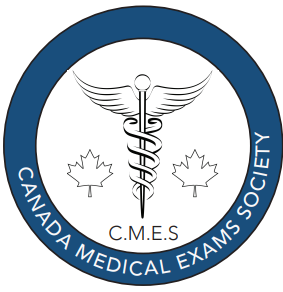Sunspots vs Skin Cancer
Is this your first summer in Vancouver, B.C.? You will fall in love with the sunshine and warmer temperature the city has to offer. There is no better time to stay outside in Vancouver than the hot summer days. Furthermore, we all know the importance of staying hydrated, applying sunscreens and wearing a hat is important. However, you will be no new to sunspots during summer in Vancouver. Additionally, as sunspots are normal, do not overlook them, as they may signify skin cancer.
This article will firstly help you understand how to detect possibilities of skin cancer as characterized by the Canadian Skin Cancer Foundation. Then, how you can self-assess your skin. Lastly, we will help you determine when to see a skincare specialist.
The read time is estimated to be 4-5 minutes.

Look out for a Melanoma during Summer
Melanoma is a very common and one of the most serious types of skin cancer. While Melanoma is most common in people with lighter skin, those with darker skin colour can develop it too. Moreover, Melanoma can develop anywhere in your body. However, the most common places where Melanoma develops are body parts most exposed to direct sun, such as; the face, back, arms and legs. Furthermore, it can also form inside your body like the eyes, nose or throat, but very rarely. Thus, as you detect any of the following symptoms, you must visit a skincare specialist for prevention measures immediately.

Early Detection of Skin Cancer
The following are the characteristics of skin moles that you should look out for on your skin for the early detection of skin cancer.
A = Asymmetry – one half is unlike the other
B = Border – blurry or jagged edges
C = Colour – more than one shade or colour
D = Diameter – Bigger than six millimetres
E = Evolution – if a mole or birthmark changes in size, shape or colour, it might be serious
Note: The Canadian Skin Cancer Foundation presents the above early detection of Skin Cancer indicators.

Other Possible Detection of Skin Cancer
Apart from the possibilities mentioned above, you must visit a skin care specialist if you see any of the following changes in your skin conditions;
- A sore that stayed in for a long time
- Regular sores at the same body part
- A mole or sore that bleeds or produces pus
- Rough or scaly red patches
- Small, smooth and shiny lumps that are pearly white, pink or red
- Pale or yellow flat areas that look like scars
Learn More about how to detect Skin Cancer at an early stage.
Self-Assess Your Skin
We have gathered some tips on assessing your skin health yourself and detecting any possibilities of growing skin disease.
Firstly, scan your skin under bright lighting. Next, use a full-length mirror and prepare to turn and twist to see every inch of your body.
Start with your upper body. Scan your front and arms first. Then raise your hands to see your underarms area. Then twist around to scan the back of your body. Lastly, look for any moles or spots on your hands and fingers.
Moving on to scanning the lower part of your body, start with checking your feet. Look at the tops and soles of your feet, including toenails and spaces between your toes. Moreover, move on to assess your legs (front and back) and then to your genital area and between your buttocks.
Lastly, examine your face, neck (front then back) and scalp area. Using a comb to scan your scalp area would be a good idea.
Also, asking someone, maybe a friend or family member, to help you scan your body would be ideal, especially for parts where it is hard to reach an eye out.
When to See a Skincare Specialist & What to Expect
It is good to see a skincare specialist immediately as soon as you detect any irregularities in your skin conditions. You can also visit your family practice for an early assessment of your skin condition. Your family practitioner will refer you to a skincare specialist if your condition seems abnormal. Furthermore, you can directly visit a skin clinic near you for expert advice.
However, the great news is that your full body screening, including examining your skin condition, is included in the Student Medical Exam. Furthermore, other than the physical screening of your body, the SME doctor will also provide you with suggestions on taking blood tests, X-rays, and further medical treatments (if required). Lastly, the doctor’s report will provide you with recommendations for health improvements and wellness (if needed). Thus, to stay healthy physically and mentally, book your SME today to detect growing viruses and diseases in your body.
Thank you for reading our blog. We have more blogs for you to read, gain information and enjoy.
Feedback and Suggestions for other blog topics are warmly welcome.
